Portola Redwoods State Park lies on the west side of the Santa Cruz mountains, where the land slopes down towards the Pacific, and the cool sea breezes create the ideal climate for California Redwoods. A creek runs through it; easily fordable in a dry summer, and waist high in a wet winter. I have been fortunate enough to go on many walks along its network of trails, taking a camera with me.
The redwoods can make for a difficult subject. Rays of sunlight strike through the forest canopy, creating pools of bright light and leaving deep shadows. The first time I visited Big Basin forest I was using Fuji Velvia transparency film, which struggled with the extreme contrast. These days I stick with B&W negative film, which does a much better job of handling the lighting conditions.
The other problem is that the forest can be a visually busy place, full of a complex array of leaves, branches, and intersecting shapes. It is all too easy to find a view or scene that interests you, take a photograph of the central subject, and then find that the final image is full of distracting background details that you failed to notice in your enthusiasm. Photographing in the forest really teaches you to look at the whole image in the viewfinder, and not just the central subject.
Finally, there are times when you need to move quickly. The lone ray of sun that perfectly strikes a single plant can move surprisingly quickly. By the time you have set up the camera, changed lenses, shifted the tripod, and checked the exposure, the sun will have moved, and the moment is lost.
It has taken me a while to learn all of these lessons, if indeed I fully have, and my files are full of unsatisfying negatives. But all this simply means that I have an excuse to go back to the forest and try again, and having to take another walk on beautiful woodland trails is hardly the worst thing that can happen to a photographer…
For my most recent trip I used a Pentax 6×7 with a 45mm f4, 75mm f45. and 165mm f2.8. These are all good lenses, and any lack of sharpness is more likely my fault than theirs. I shot on Ilford HP5+, which handles the wide dynamic range very well. The ISO rating of 400 is also useful for the subject matter – despite it being a bright day, the forest floor is surprisingly dark, and exposures on slower film can be quite long. When branches and ferns are bing stirred by the wind, this can be a problem.
Setting up the camera for my first shot, I realised that I had left my spot meter back in the car. Fortunately I have a metering prism which I used for most of these images, and which gave surprisingly good results.
This first image shows how busy and complex the forest can be. I think the overall composition still works, and I was fortunate enough to get an exposure that still captures detail on the main tree trunk.
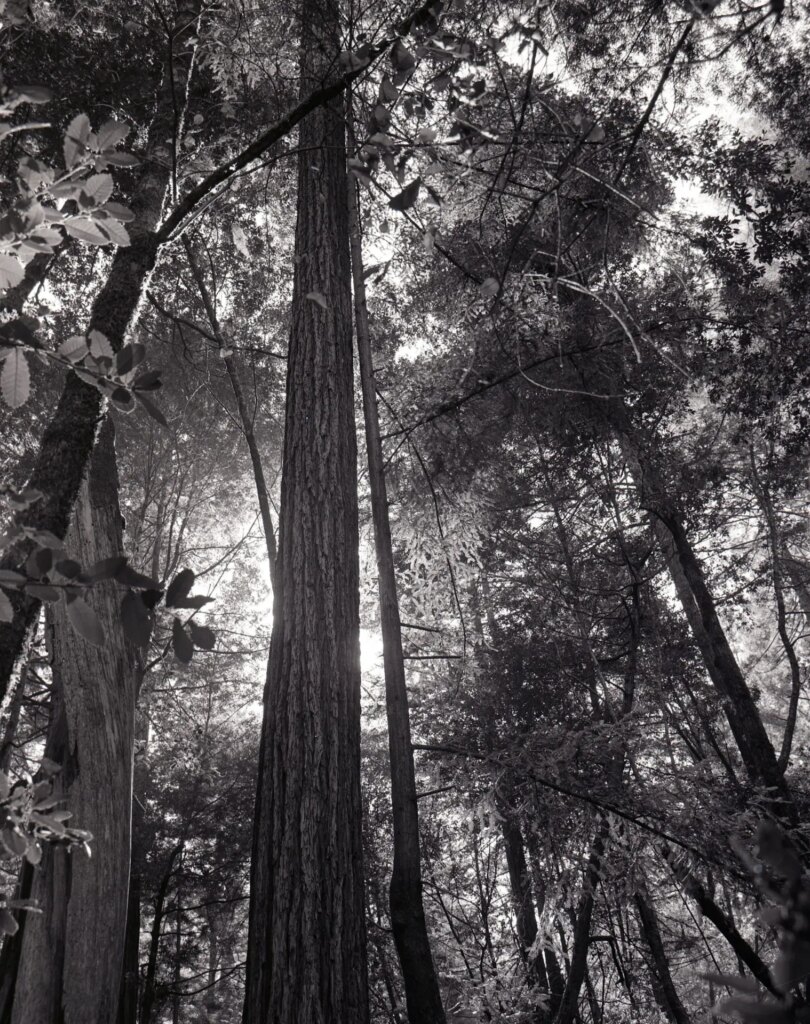
One of the things I have learned to do is to try and concentrate on a few details, such as these brightly-lit leaves of grass in front of some sawn logs.
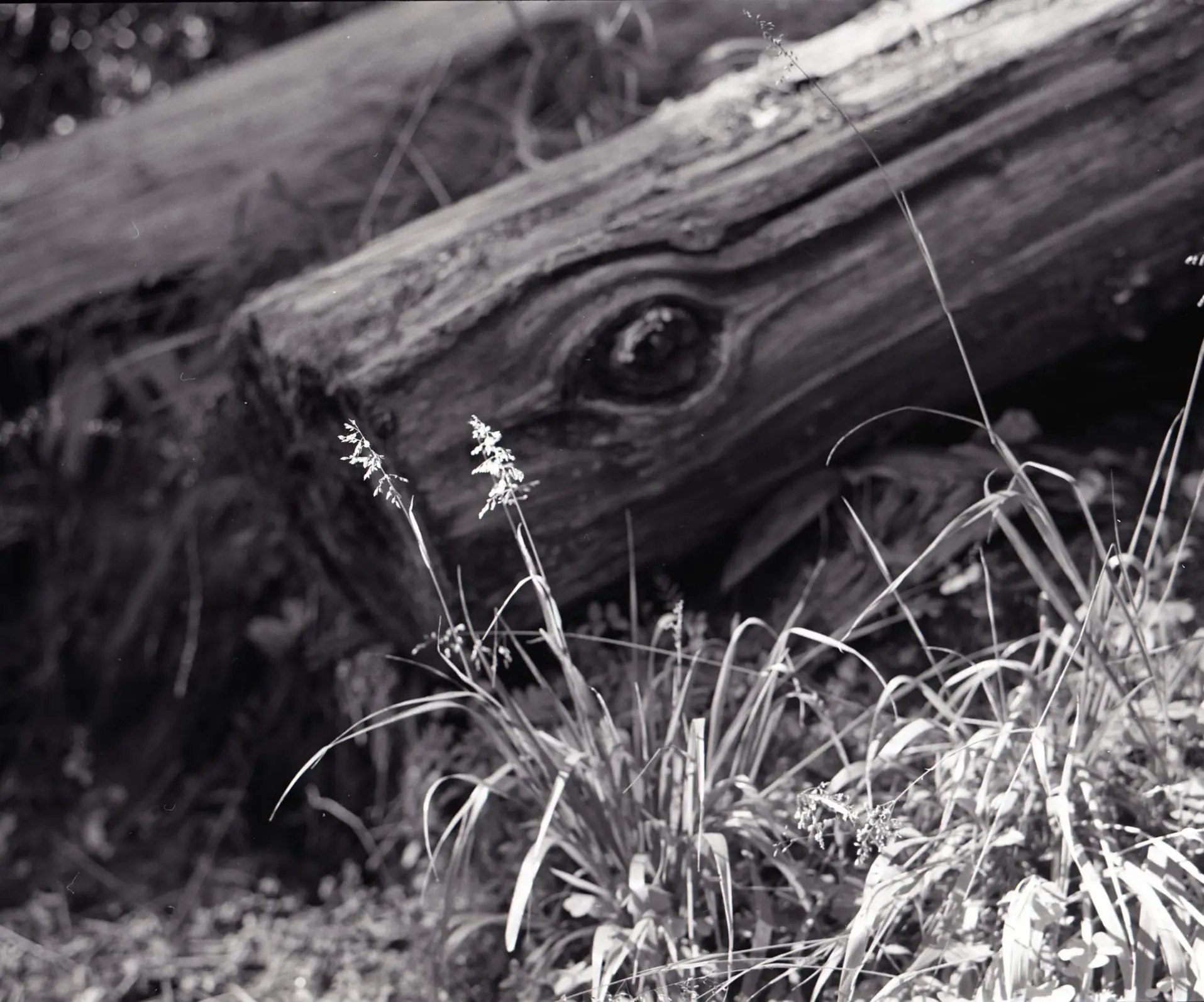
Or this small pine seedling in front of a huge redwood trunk.
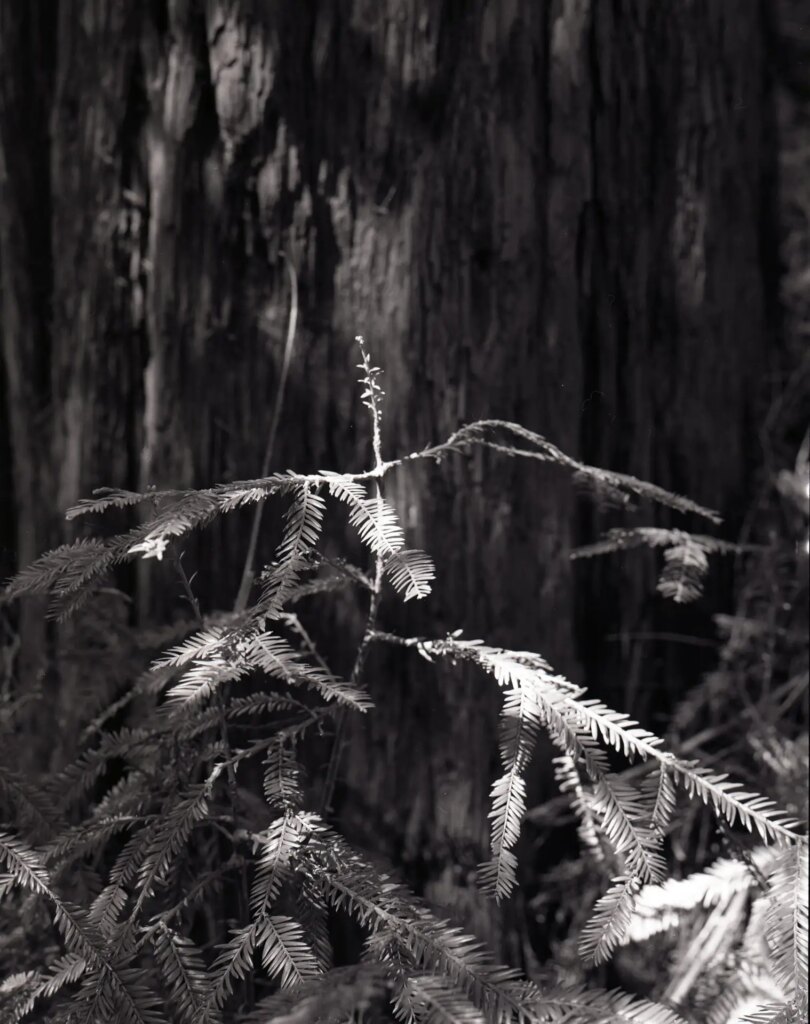
I like the 165mm for closeups and details, especially with the shallow DOF it offers. But sometimes you need to go wide. The 45mm allowed a bit of lens flare in this shot, but I think it shows how the sun was spilling through the trees.
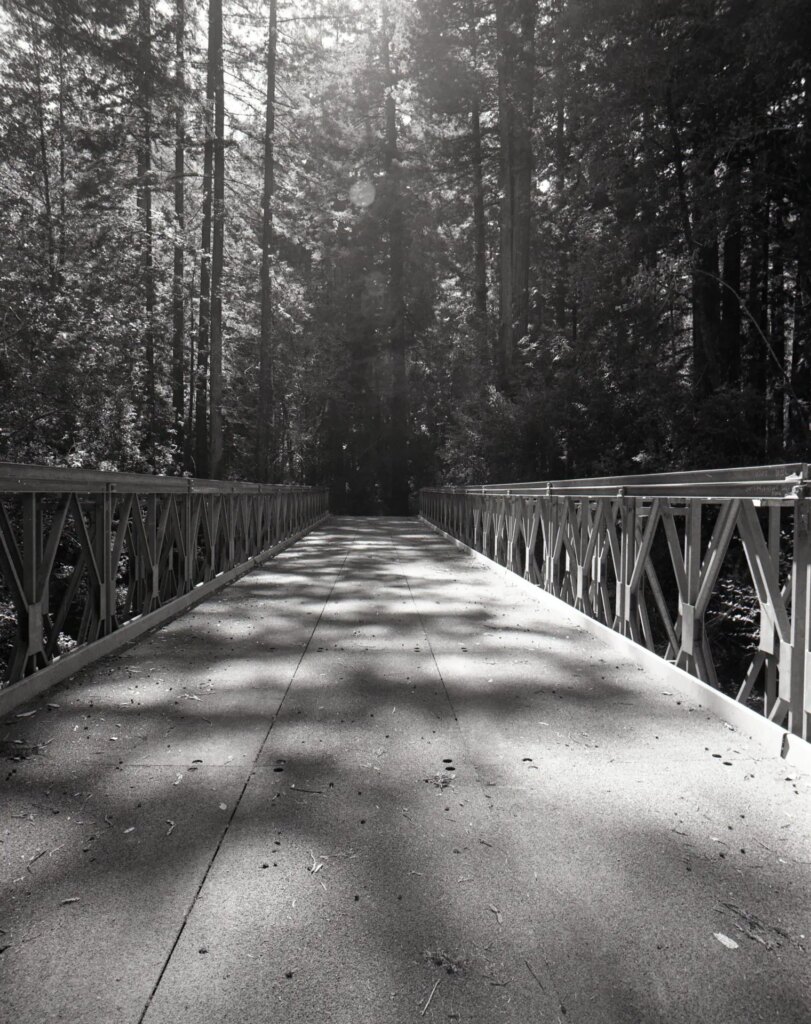
Finally, a backlit shot of a spiderweb. I am reasonably happy with the exposure here – the back of the treetrunk still shows plenty of detail, and although the highlit strands of silk are probably pure white, that reflects how the scene appeared.
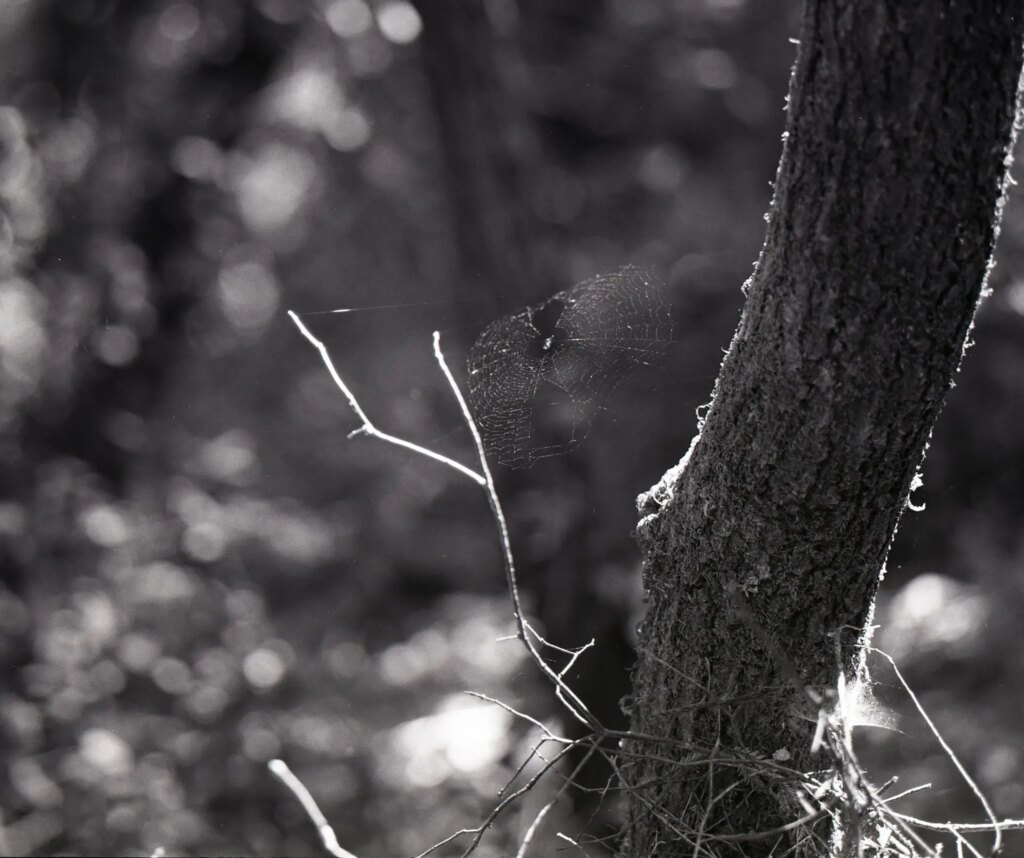
All shots were made using mirror lockup and a cable release. I shot 2 rolls of HP5+, developed in Eco Pro (Xtol) at 1:1 dilution for 12 minutes at 20° C. All of the images are straight scans with some minor tweaking of levels. I have not yet made any darkroom prints, but I think they would come out reasonably well.
Share this post:
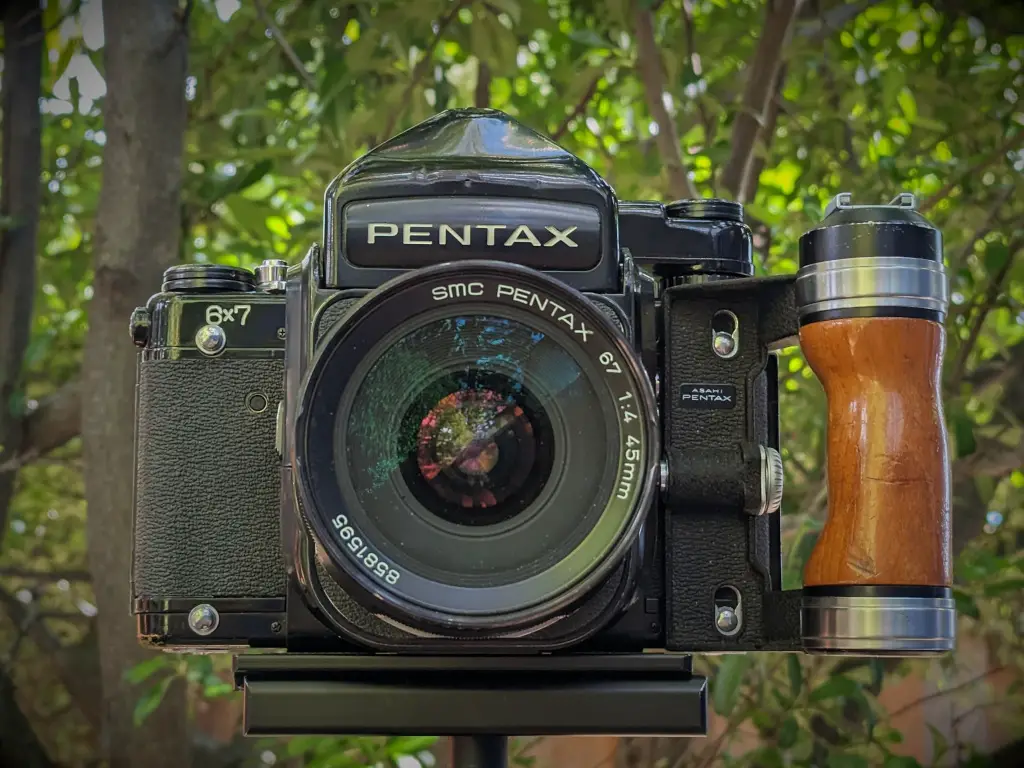
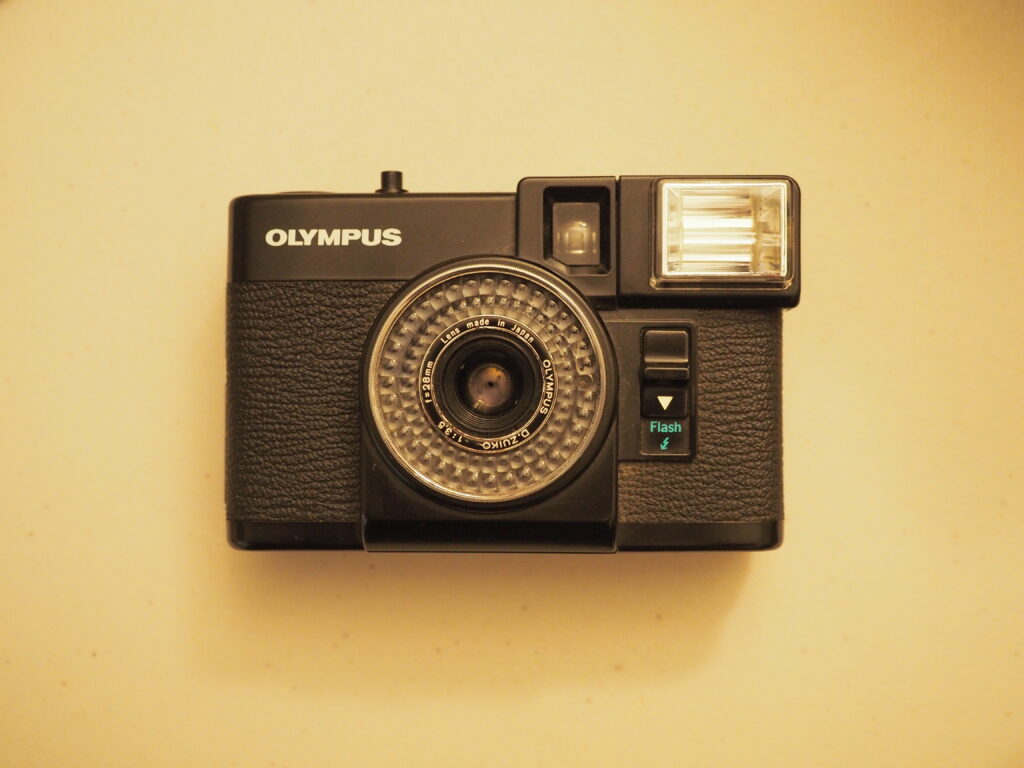
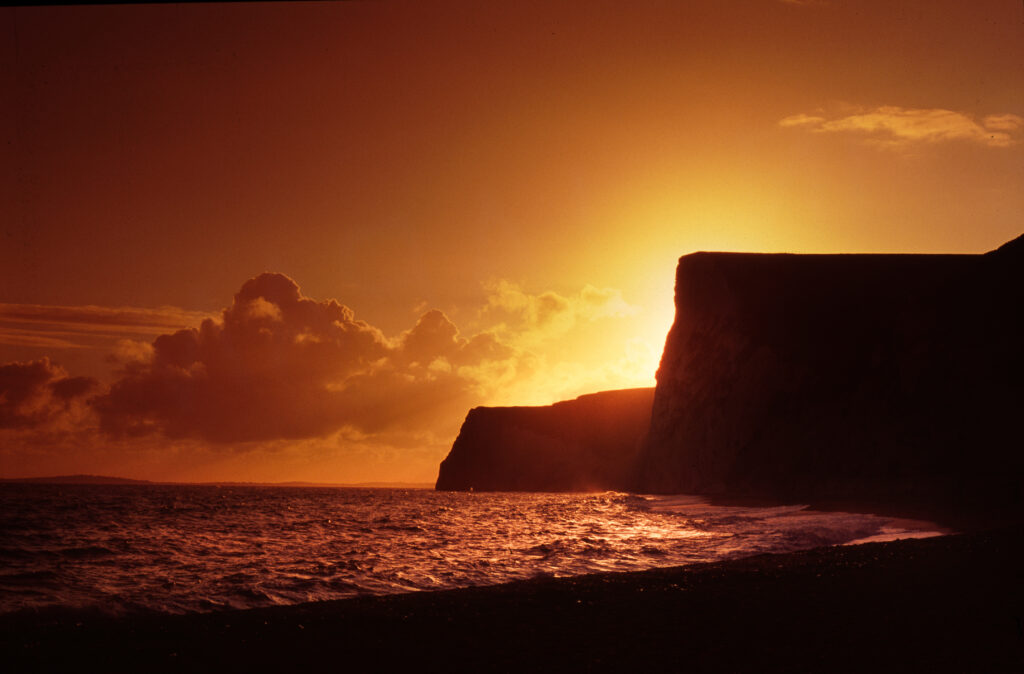
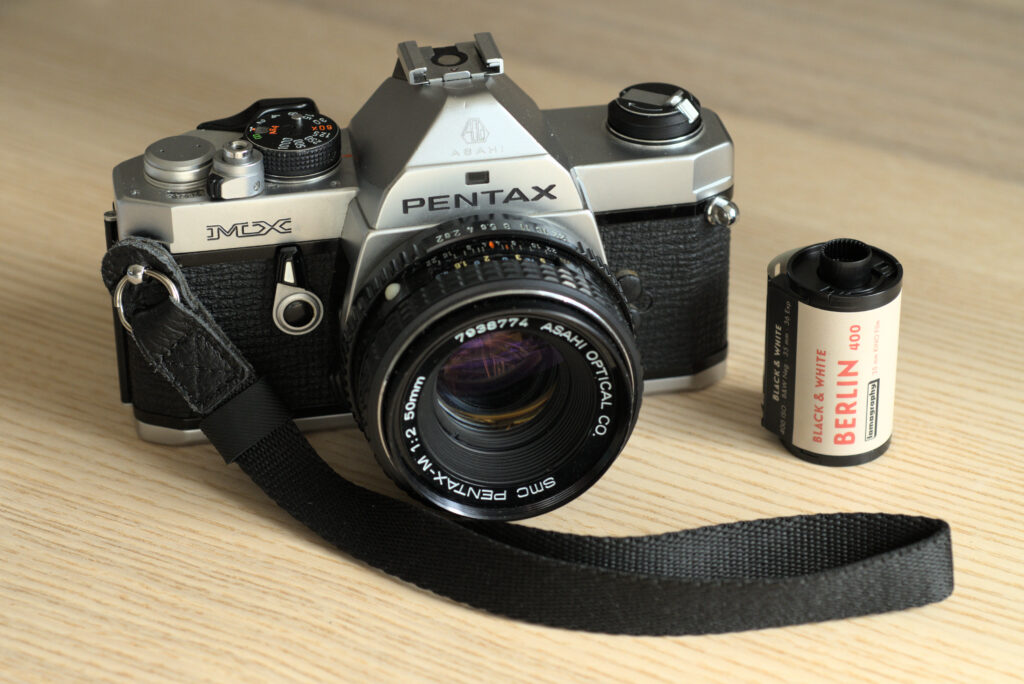
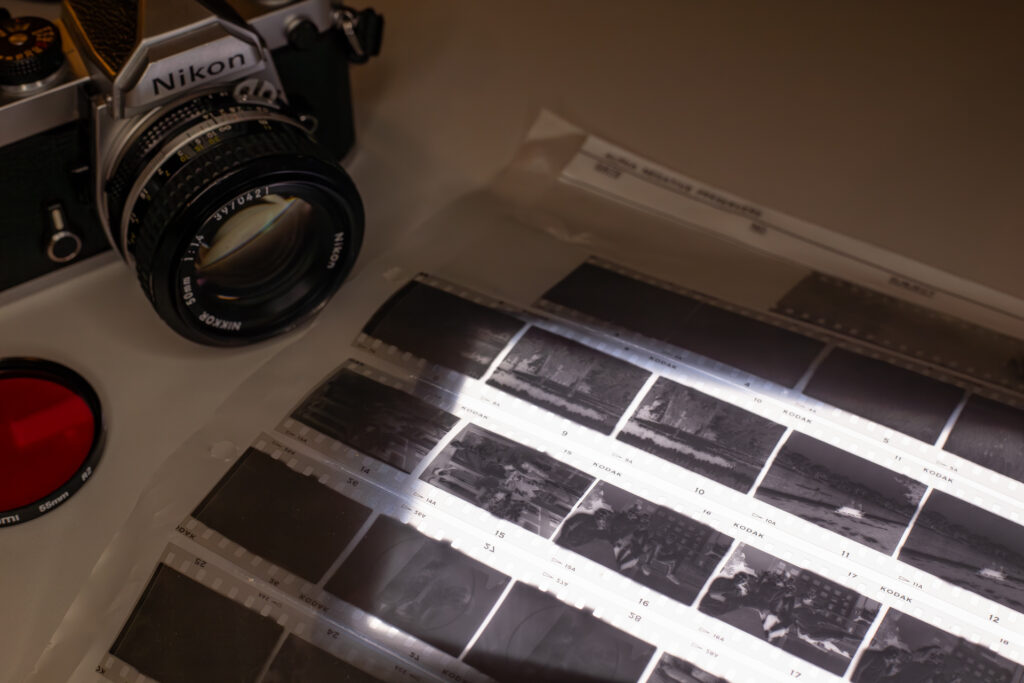




Comments
Martin on 5 Frames in the Forest with a Pentax 6×7
Comment posted: 25/06/2023
Comment posted: 25/06/2023
Lance on 5 Frames in the Forest with a Pentax 6×7
Comment posted: 25/06/2023
Comment posted: 25/06/2023
Geoff Chaplin on 5 Frames in the Forest with a Pentax 6×7
Comment posted: 26/06/2023
Comment posted: 26/06/2023
James Lewis on 5 Frames in the Forest with a Pentax 6×7
Comment posted: 26/06/2023
Comment posted: 26/06/2023
Anders Lewis on 5 Frames in the Forest with a Pentax 6×7
Comment posted: 26/06/2023
Comment posted: 26/06/2023
Alexander Seidler on 5 Frames in the Forest with a Pentax 6×7
Comment posted: 27/06/2023
Very well done !
Comment posted: 27/06/2023
John Orr on 5 Frames in the Forest with a Pentax 6×7
Comment posted: 27/06/2023
Comment posted: 27/06/2023
Dean Lawrence on 5 Frames in the Forest with a Pentax 6×7
Comment posted: 28/06/2023
I hope you continue to revisit the area and produce more beautiful images. Thank you for sharing.
Comment posted: 28/06/2023